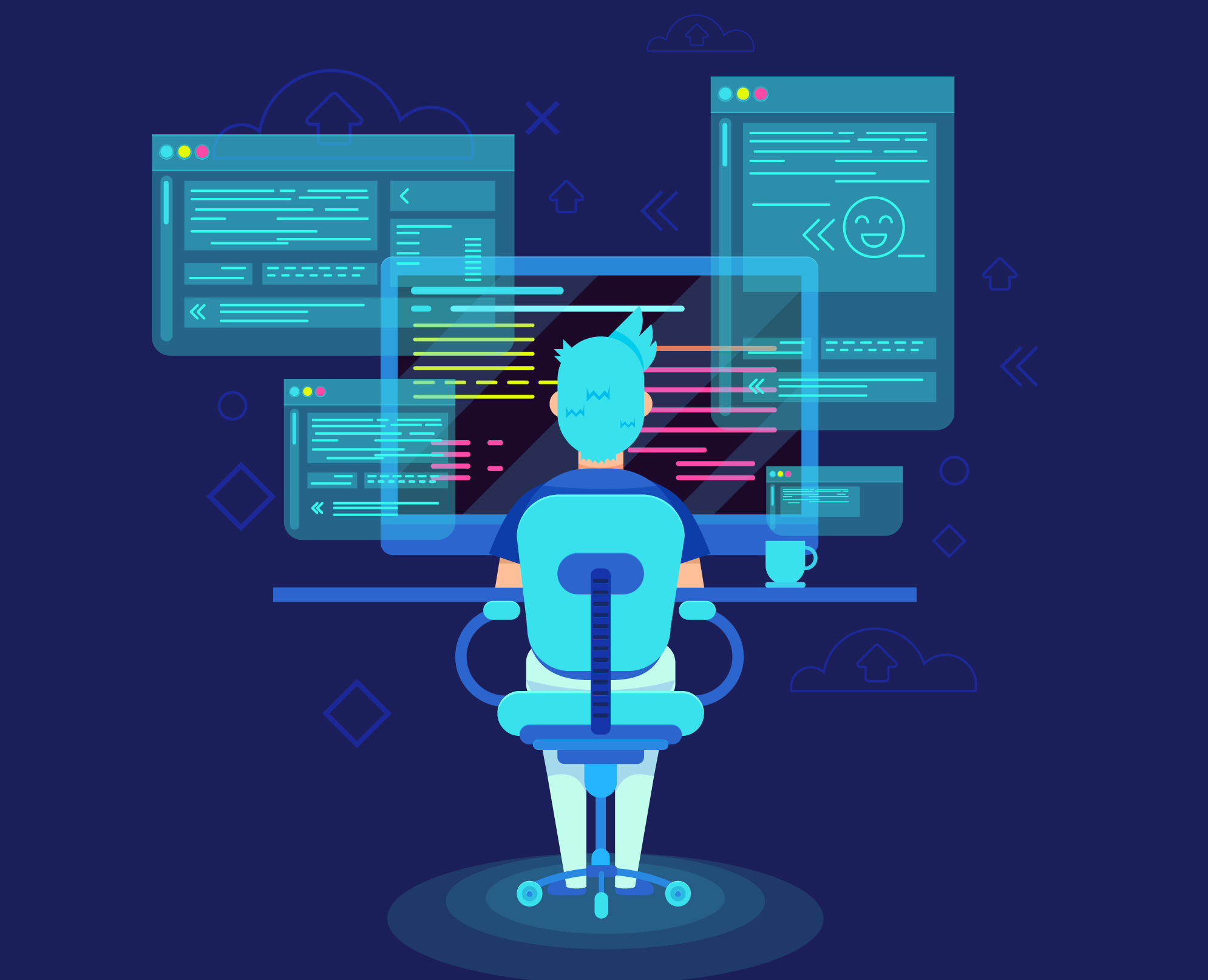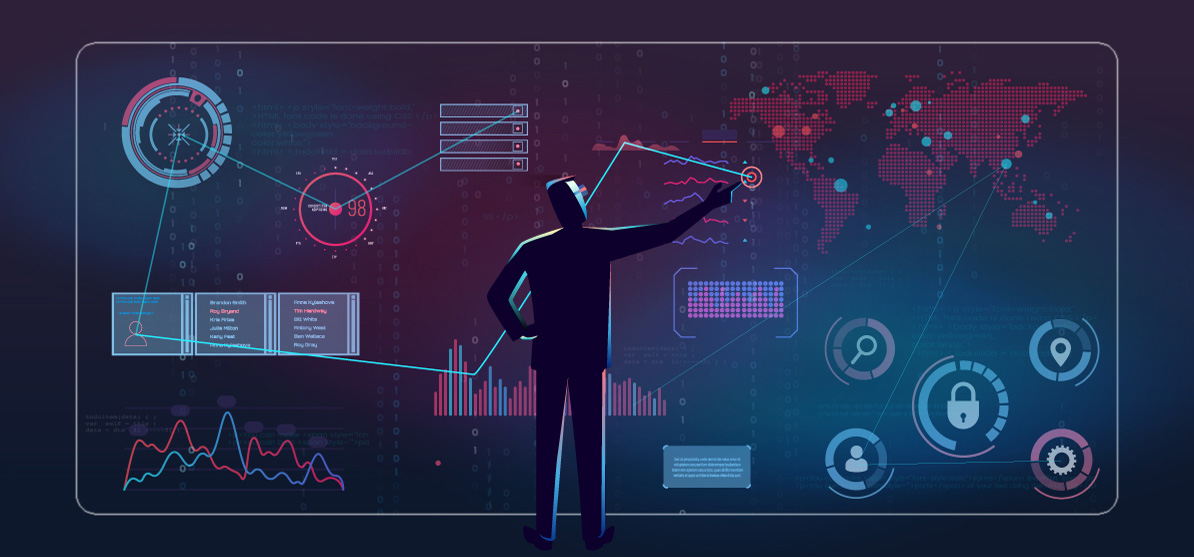Tag: cyber intelligence
5 best practices for the intelligence of cyber threats
As businesses and organizations work with more complex online systems, cyber threats also become more and more complex and more advanced. To combat this problem, hiring a Cyber Intelligence company is the Go-To solution for many companies.
These intelligence companies can help identify vulnerable points in corporate and third party systems.
The insight that companies are gaining threat intelligence can have a long way to identify vulnerable system points and can give the insight to keep things intact.
Unfortunately, most companies lack the understanding to make sense to the gathered data and take advantage of the insight they compile from their sources. By using the best practices highlighted below, organizations will be able to collect, manage and apply the information they collect.

What Are Cybersecurity Best Practices?
As mentioned above, the threat intelligence is the process of collecting and analyzing information to identify potential cyberfriches and design defense plans.
As the digital landscape evolves every day passing, the most recent trends could seem like an intimidating and overwhelming task. However, with these five simple best practices, the security data can become simpler and less confusing.
Threat Activity Monitoring
Continuous monitoring is essential in data security. Cyber-intelligence companies often offer tools and tactics that monitor contours, helping to identify real-time risks, without delay. On the other hand, it allows computer groups to design a more proactive approach to data security.
Risk And Intelligence Management Integration
Integrating these two management systems must help in creating a broader strategy. The solution to the intelligence threat you choose must integrate well with your existing security protocols and risk management programs.
Have A Response Plan Ready
When building your security program, you must also develop a response plan. How do you want to follow up on data violations after being identified without a plan? Be prepared for everything and defines how the defense operation takes place, and put every step needed to fight the attack efficiently.
Automate
Because it is more or less likely to handle and combine data generated from several sources, automating the collection of threats intelligence data allows your IT team to focus on more important tasks. It also helps reduce human mistakes, reduces the risk that falls through cracks.
Demonstrating Value
Cyber intelligence companies understand that showing ROI can be difficult in terms of threats. However, the team must be able to show the value of this solution and accompany efforts when reporting to the company’s board. The key factor here is determining the actual level of technical skills from the board and presenting reports in a real way that is easy to understand for everyone.
What Is They Cyber Threat Intelligence Process
As you might have expected, the reliable cyber intelligence company works with a circular process, or the intelligence cycle, rather than the final process to the end implemented. The data is first collected, implemented, and finally, evaluated. The results are examined thoroughly to create intelligence which are then analyzed further and reevaluated in different contexts, such as consumer feedback and new information.
The intelligence analysis stage is based on strict analytic techniques that examine every aspect of the intelligence.
This circular process helps identify the gap in intelligence and presents experts new questions that have not been answered, encourage improved collection criteria. This, in turn, makes the process more efficient and focus again at any time.
What Are Some Traditional Forms Of Threat Intelligence?
Experts make four main types of threat intelligence differentiate.
- Strategic: This approach examines all current trends and emerging new risks to create a global image of possible cyber attacks and their consequences.
- Technical: This intelligence of the threat gives a better idea of what they should look for. It focuses on technical indices, such as fraudulent URLs and phishing emails. The technical intelligence of the threat is constantly changing because hackers change their approaches frequently, trying different techniques to hack secure systems.
- Tactical: This type of threat intelligence focuses on the approach of computer hackers, analyze procedures, techniques and tactics (or TTP). This helps identify ways in how pirates can attack systems. Looking at IP addresses, the URLs, they determine the lowest indicators of the compromise (IOC).
- Operational: A Cyber-Intelligence company uses an operational threat intelligence to better understand the nature of specific attacks. This approach examines factors such as calendar, nature, intent and jurisdiction of hackers. This form can help computer teams determine why the violation took place and how. In addition, it can give other indices on future potential attacks and can even help identify high-risk industries, niches and systems.
What Are The Sources Of Threat Intelligence?
As mentioned, experts collect cyber data from various sources to maximize their knowledge and defense systems. When viewing these sources, broadly, they can be included in two different categories.
- External: This is the sources that come from outside the company or organization. They summarize various “sub-sources’, such as open-source, public origin available, such as new reports, blogs, public blocklists, and so on. These sources can also be personal or commercial. Software solution provider, different vendors, Corporate sharing group – Simply put, every party that has approved the pool information about the possibility of cyber threats.
- Internal: These sources are those who are in their own corporate network. This group checks firewall logs, applications and event logs, DNS logs, and various other sources. Also, internal sources can function as large anchors. They can enter information about the system previously affected by cyberatacks, highlighting special vulnerabilities and compromised areas.
Conclusion
As we said before, with the advancement of sustainable technology, the nature of cyberatack will also be more complicated and sophisticated. To maintain the security of business assets, the organization must seriously carry out cyber intelligence and ensure that they have the right resources to combat potential threats. These five best best practices can help you start by applying a more complicated security protocol.
In addition, companies must have an in-house expert that can monitor security and ensure that all vulnerabilities are repaired. Apart from that, educating employees about cyber attacks can run far in ensuring that your system is safe and safe.

Recent Comments